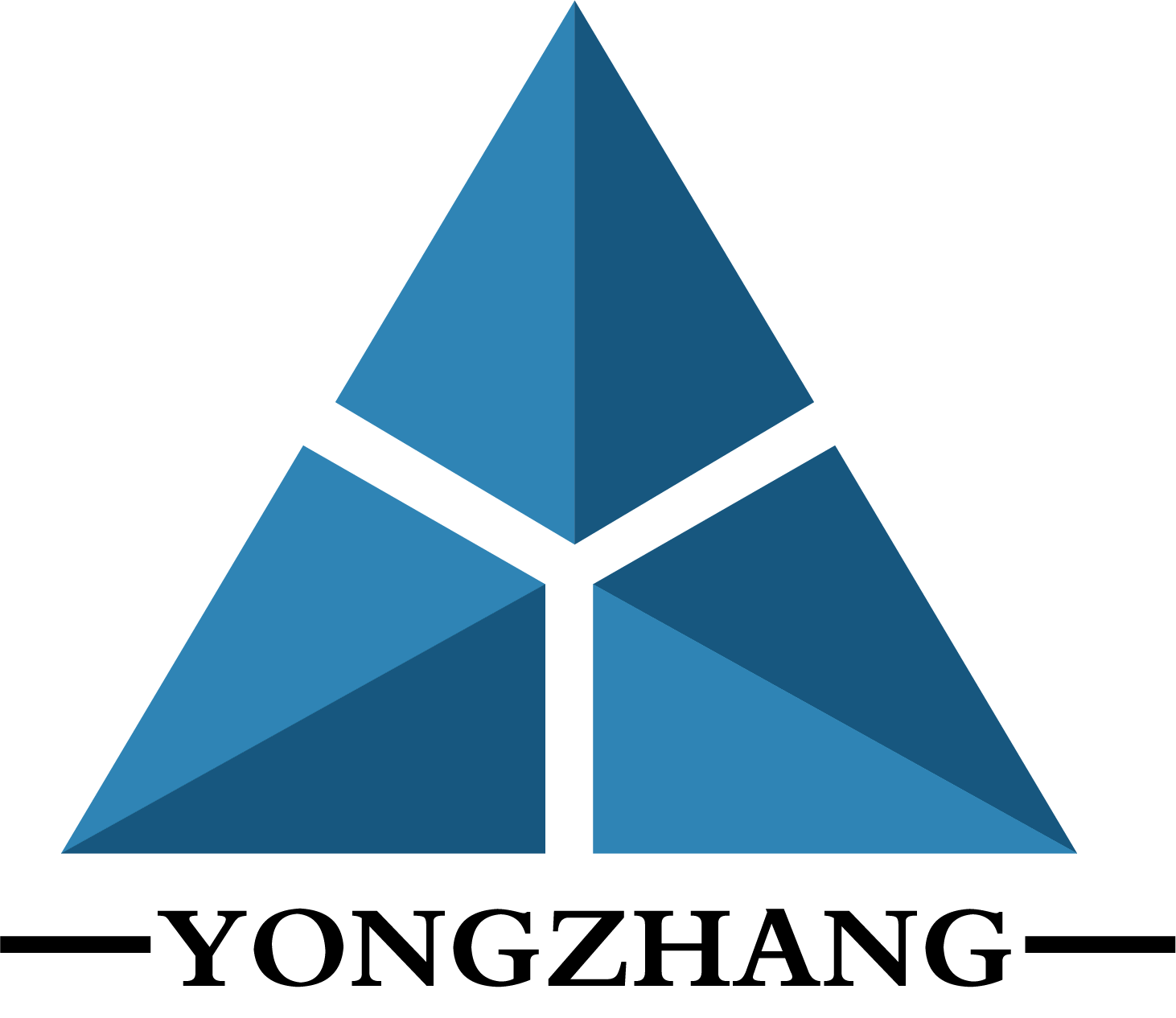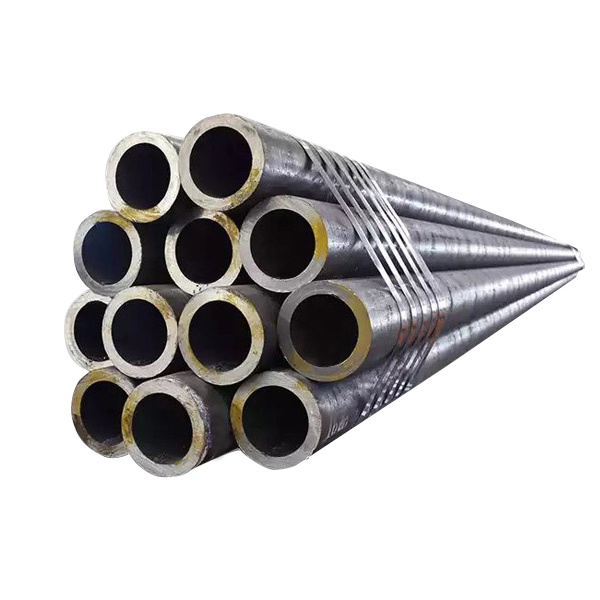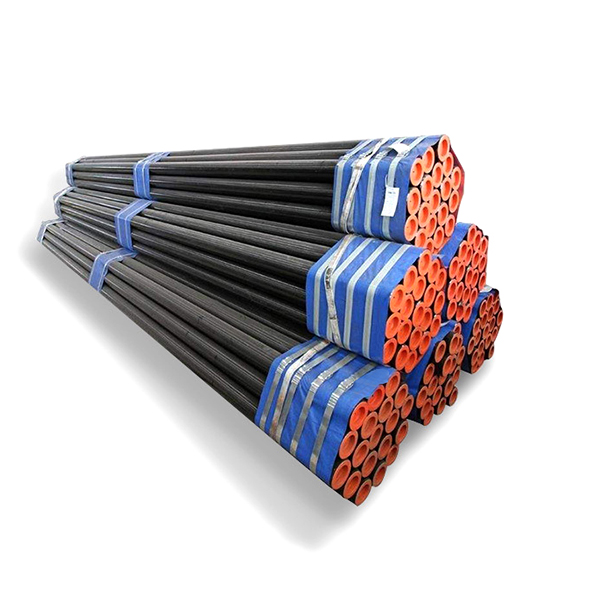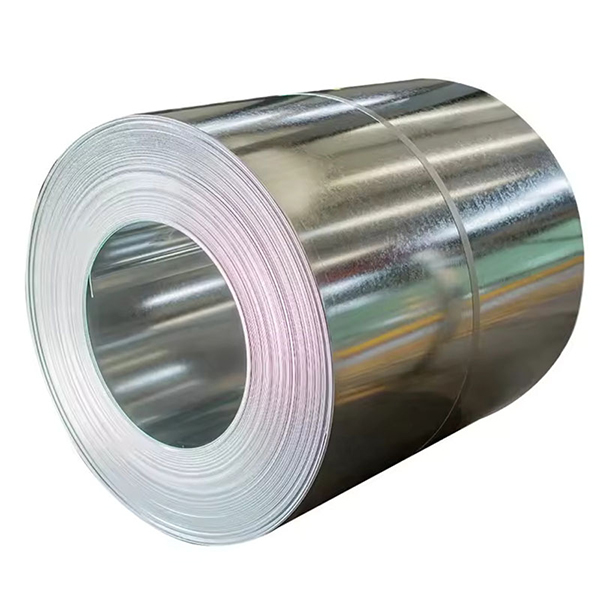The difference between seamless steel pipes and welded steel pipes
In modern industry and construction, steel pipes play an irreplaceable role as key materials. Seamless steel pipes and welded steel pipes are the two mainstream types, each having its own characteristics in manufacturing processes, structural performance and application fields.
The characteristics and advantages of seamless steel pipes
Seamless steel pipes, as the name suggests, are made into tubular shapes directly from round steel through hot rolling or cold drawing processes, without relying on welding connections. Their main advantages are as follows:
Compact structure, higher strength: The absence of weld seams makes the steel pipe highly structurally stable, with excellent compressive and tensile resistance, suitable for environments with high pressure.
Good corrosion resistance: The absence of weld seams eliminates the potential defects of welding joints, reducing the risk of corrosion, and is particularly suitable for occasions where the medium transported has strict requirements.
High dimensional accuracy: Advanced processing technology ensures better dimensional consistency than welded pipes, facilitating connection and subsequent processing.
Seamless steel pipes are widely used in fields such as petrochemicals, high-pressure boilers, and mechanical manufacturing that require high strength and reliability.
The characteristics and advantages of welded steel pipes
Welded steel pipes are formed by rolling steel plates or steel strips into tubular shapes and then connected through welding techniques. Its notable advantages are:
Flexible manufacturing process: It enables the rapid production of pipes of various specifications and diameters, meeting diverse demands.
Relatively low cost: High material utilization, fast production efficiency, suitable for mass production, and thus more competitive in price.
Light weight, easy installation: Due to its lightweight advantage, it is widely adopted in bridges, buildings, and transportation pipelines.
Welded steel pipes are commonly used in water supply, natural gas transportation, shipbuilding, and construction scaffolding, and are suitable for situations with relatively low pressure.
The main differences between seamless steel pipes and welded steel pipes
The differences between the two mainly lie in the manufacturing process, mechanical properties, and application scope:
Manufacturing process: Seamless steel pipes are formed by extrusion or piercing without any welding steps; welded steel pipes are formed by welding the weld seams.
Mechanical properties: Seamless pipes have better overall strength, and superior compressive and crack resistance compared to welded pipes; the weld seams of welded pipes may be weak points, resulting in slightly inferior mechanical properties.
Cost and efficiency: Seamless pipes have higher costs and longer production cycles; welded pipes have lower manufacturing costs and higher production capacity.
Application environment: Seamless steel pipes are suitable for harsh environments such as high temperature and high pressure; welded steel pipes are suitable for normal temperature and low-pressure environments.
Recommendation for Selection: Make scientific decisions based on requirements
When faced with the diverse choices of seamless steel pipes and welded steel pipes in the market, rational material selection is the key to ensuring project quality. Considerations include:
Operating environment: Seamless steel pipes should be preferred for high-pressure or corrosive media.
Budget: For cost-sensitive projects with low pressure requirements, welded steel pipes offer better cost-effectiveness.
Pipe diameter specifications: Large-diameter pipelines combined with welding technology can more flexibly meet the needs.
Project cycle and scale: Welded pipes can shorten the construction period and improve efficiency when in mass production.
In summary, seamless steel pipes and welded steel pipes each have their advantages. Only by accurately assessing the actual engineering requirements and comprehensively considering safety, economic and technical factors can the optimal choice be achieved.
The rational application of seamless steel pipes and welded steel pipes is the cornerstone for ensuring the solid and stable infrastructure of the country, and also the driving force for promoting industrial upgrading and technological progress. Let's work together to push the steel industry towards a broader new future.





